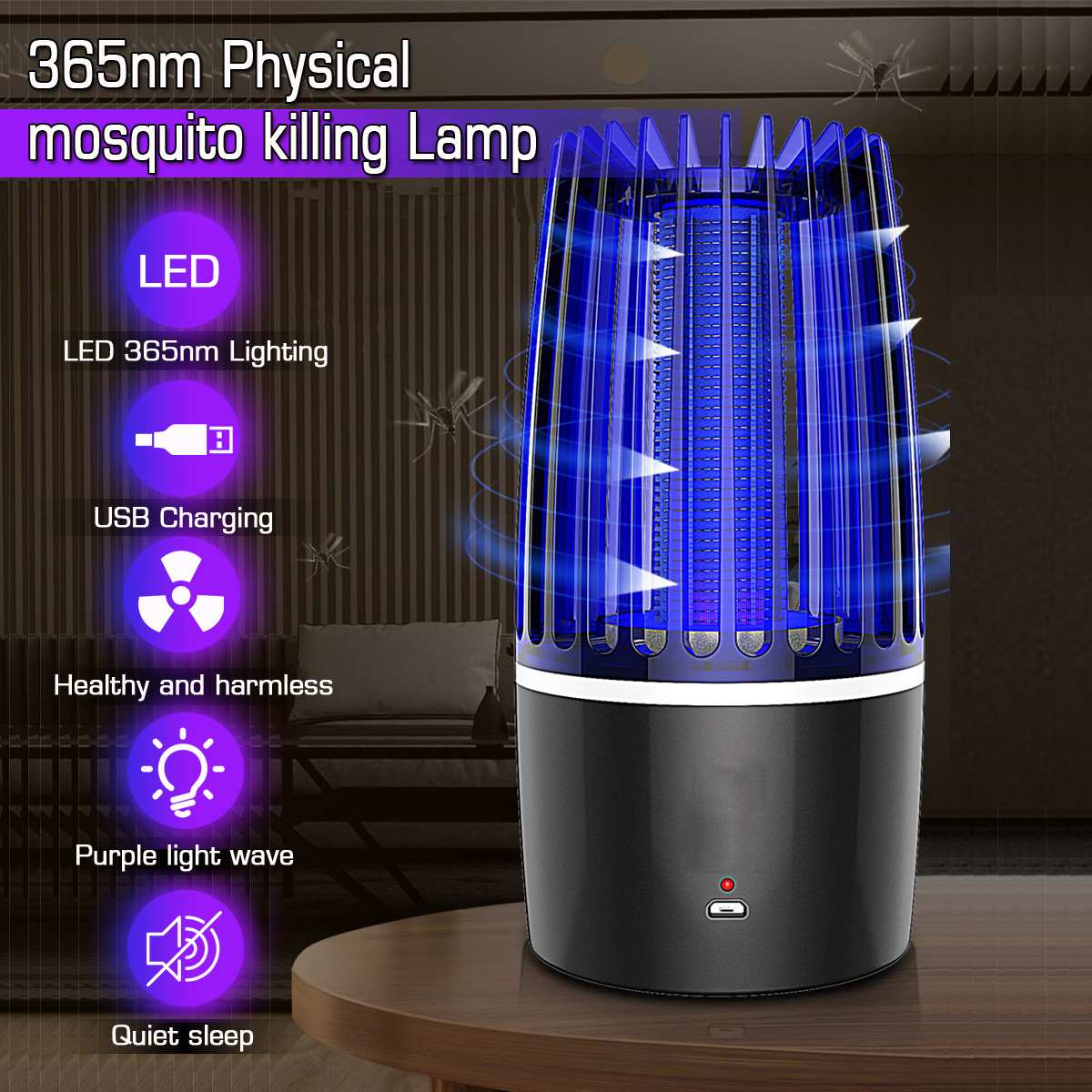It’s no secret that deer are among the most hunted animals in North America. There are few things more rewarding than bagging a buck, and the sense of accomplishment is even sweeter when you do it with your own hands. But deer hunting isn’t easy – it takes skill, knowledge, and a lot of practice to be successful. One of the most important aspects of deer hunting is knowing where to shoot a deer in order to kill it. In this article, we’ll discuss the anatomy of a deer, and provide information on where to shoot a deer in order to kill it.
So whether you’re a seasoned hunter or a beginner, read on to learn about the best shot placement for taking down a deer.
Table of Contents
- What Are The Vital Organs In A Deer?
- Anatomy Of A Deer: Where To Shoot A Deer To Ensure A Clean Kill?
- Anatomy Of A Deer: Where To Shoot A Deer To Drop It In Its Tracks?
- Parts Of The Deer To Avoid
- What To Do If You Do Not Make A Perfect Shot?
- What To Do Once You Find The Deer?
- Areas Of Deer Anatomy
- Final Thoughts
What Are The Vital Organs In A Deer?
In order to kill a deer, you’ll need to hit one of its vital organs. The three main vital organs in a deer are the heart, lungs, and brain. These organs are located in different parts of the deer’s body, so it’s important to know where they are before you take your shot.
The Heart – The heart is located in the center of the chest, behind the front leg. It’s about the size of a fist, and it’s surrounded by the lungs. When aiming for the heart, you’ll want to aim for the center of the chest, just behind the front leg.
The Lungs – The lungs are located on either side of the heart, in the deer’s chest cavity. They’re about the size of a football, and they’re relatively easy to hit. When aiming for the lungs, you should aim for the center of the deer’s chest, just behind the front leg.
The Brain – The brain is located in the deer’s head, and they’re about the size of a tennis ball. They’re surrounded by bone, so they’re not as easy to hit as the heart or lungs. When aiming for the brain/spinal cord, you should aim for the center of the deer’s head, just behind the ear.
Now that you know where the vital organs are located, you can start planning your shot.
Anatomy Of A Deer: Where To Shoot A Deer To Ensure A Clean Kill?
There are a few things to keep in mind when choosing where to shoot a deer. The first is that you want to ensure a clean kill, and the second is that you want to minimize the chances of nonfatally wounding the animal.
To ensure a clean kill, you’ll want to hit one of the deer’s vital organs. As we mentioned before, the three main vital organs are the heart, lungs, and brain. Hitting any of these organs will result in a quick and humane kill.
Anatomy Of A Deer: The Heart Shot
The heart shot is perhaps the most popular choice among hunters. It’s a relatively easy shot to make, and it’s very effective. When taking a heart shot, you’ll want to aim for the center of the deer’s chest, just behind the front leg. This will ensure that you hit the heart, and the deer will quickly bleed out and die.
How Far Can A Deer Run On A Heart Shot?
It’s not uncommon for deer to run a short distance after being shot in the heart. This is because the deer’s adrenaline will be pumping, and they’ll be running on instinct. However, once the deer’s adrenaline starts to wear off, they’ll quickly bleed out and die. In most cases, a deer will only be able to run a few hundred yards before they collapse and die.
What Are The Chances Of A Deer Surviving A Heart Shot?
The chances of a deer surviving a heart shot are very slim. This is because the heart is a vital organ, and when it’s damaged, the deer will quickly bleed out and die. In most cases, a deer that has been shot in the heart will only be able to run a few hundred yards before they collapse and die.
Anatomy Of A Deer: The Lung Shot
The lung shot is another popular choice among hunters. It’s slightly more difficult than the heart shot, but it’s just as effective. When taking a lung shot, you should aim for the center of the deer’s chest, just behind the front leg. This will ensure that you hit the lungs, and the deer will quickly bleed out and die.
How Far Can A Deer Run On A Lung Shot?
Like with a heart shot, it’s not uncommon for deer to run a short distance after being shot in the lungs. This is because the deer’s adrenaline will be pumping, and they’ll be running on instinct. However, once the deer’s adrenaline starts to wear off, they’ll quickly bleed out and die. In most cases, a deer will only be able to run a few hundred yards before they collapse and die.
What Are The Chances Of A Deer Surviving A Lung Shot?
The chances of a deer surviving a lung shot are slim. This is because the lungs are vital organs, and when they’re damaged, the deer will quickly bleed out and die. In most cases, a deer that has been shot in the lungs will only be able to run a few hundred yards before they collapse and die.
Anatomy Of A Deer: The Brain Shot
The brain shot is the most difficult shot to make, but it’s also the most humane. When taking a brain shot, you should aim for the center of the deer’s head, just behind the ear. This will ensure that you hit the brain/spinal cord, and the deer will instantly be paralyzed and die.
How Far Can A Deer Run On A Brain Shot?
A deer that has been shot in the brain will usually drop immediately. There’s a very small chance that the deer will be able to run a short distance, but this is incredibly rare. In most cases, a deer that has been shot in the brain will die instantly.
What Are The Chances Of A Deer Surviving A Brain Shot?
The chances of a deer surviving a brain shot are very slim. This is because the brain is a vital organ, and when it’s damaged, the deer will instantly die. In most cases, a deer that has been shot in the brain will drop immediately.
Anatomy Of A Deer: The Neck Shot
The neck shot is a less popular choice among hunters, but it’s still an effective way to kill a deer. When taking a neck shot, you should aim for the deer’s spine, just behind the head. This will sever the spinal cord, and the deer will instantly be paralyzed and die.
How Far Can A Deer Run On A Neck Shot?
A deer that has been shot in the neck will usually drop immediately. There’s a very small chance that the deer will be able to run a short distance, but this is incredibly rare. In most cases, a deer that has been shot in the neck will die instantly.
What Are The Chances Of A Deer Surviving A Neck Shot?
The chances of a deer surviving a neck shot are very slim. This is because the neck is a vital area, and when it’s damaged, the deer will instantly die. In most cases, a deer that has been shot in the neck will drop immediately.
Anatomy Of A Deer: Where To Shoot A Deer To Drop It In Its Tracks?
There is no one perfect answer to this question. Every hunter is different, and every deer is different. The best way to find out where to shoot a deer is to practice at the range, and experiment with different shots. By doing this, you’ll be able to figure out what works best for you and your hunting style.
Parts Of The Deer To Avoid
To minimize the chances of nonfatally wounding the animal, you’ll want to avoid the deer’s shoulders and legs. The bone in these areas can deflect bullets, so it’s more likely that you’ll wound the deer without actually killing it. If you do decide to shoot for these areas, make sure that you’re using a high-powered rifle so that the bullet will penetrate the bone and reach the deer’s vital organs.
In conclusion, when choosing where to shoot a deer, you should aim for one of the deer’s vital organs: the heart, lungs, or brain. You should avoid the deer’s shoulders and legs, as the bone in these areas can deflect bullets. If you do decide to shoot for these areas, make sure that you’re using a high-powered rifle so that the bullet will penetrate the bone and reach the deer’s vital organs.
What To Do If You Do Not Make A Perfect Shot?
If you do not make a perfect shot, do not worry. In most cases, the deer will still die.
Give The Deer Time To Die
If you’ve made a clean shot, the deer will usually die within minutes. However, if you’ve made a less than perfect shot, it’s important to give the deer time to die. If you do not give the deer time to die, you can keep pushing the deer and it will become harder to find.
After the shot give the deer at least 30 minutes before approaching it. This will give the deer time to die, and will make it easier for you to find.
How To Find A Wounded Deer?
If you’ve wounded a deer, the first thing you should do is look for blood. Look for blood on the ground, on trees, or on vegetation. If you see blood, follow the blood trail until you find the deer.
If you cannot find a blood trail, look for disturbances in the vegetation. Look for broken branches, trampled grass, or anything that looks out of place. Follow these signs until you find the deer.
When following a blood trail, it’s important to be patient. Do not rush, and take your time. If you move too quickly, you may miss vital signs that can help you find the deer.
It’s also important to be quiet when following a blood trail. If the deer hears you coming, it will become alert and will be more difficult to find.
What To Do Once You Find The Deer?
Once you’ve found the deer, check to see if it is still alive. If the deer is still alive, dispatch it quickly and humanely. If the deer is not alive, field dress it and remove the meat from the carcass.
When field dressing a deer, be sure to wear gloves. This will protect you from bacteria and will keep the meat clean.
To field dress a deer, first remove the entrails. Start by making a cut through the skin and muscle tissue just behind the deer’s ribs. Reach in and pull out the intestines, heart, and lungs. Be careful not to puncture the intestines, as this can contaminate the meat.
After removing the entrails, cut through the diaphragm and remove the rest of the organs. Cut around the anus and sex organs, and remove them from the carcass.
Once you’ve removed all of the organs, rinse the inside of the deer with clean water. This will remove any blood or bacteria that could contaminate the meat.
After you’ve field dressed the deer, it’s time to remove the meat from the carcass. Start by removing the hind quarters. Cut through the skin and muscle tissue around the pelvic bone, and then pull the hind quarter away from the carcass.
Next, remove the front shoulders. Cut through the skin and muscle tissue around the shoulder blades, and then pull the shoulders away from the carcass.
Finally, remove the neck and head. Cut through the skin and muscle tissue around the neck, and then sever the spine. Pull the head and neck away from the carcass.
Once you’ve removed all of the meat from the carcass, it’s time to transport it to your home or campsite. If you’re not going to eat the meat right away, be sure to refrigerate it or cook it within two days.
Deer meat is a healthy, lean source of protein. When cooked properly, it can be a delicious addition to any meal. Deer meat can be cooked in a variety of ways, including grilled, roasted, or stewed.
No matter how you decide to cook it, deer meat is a nutritious and delicious way to feed your family.
Areas Of Deer Anatomy
Digestive System – the deer’s digestive system is very efficient and helps the deer extract nutrients from the food they eat.
Respiratory System – the deer’s respiratory system helps them breathe and also helps them smell their food and predators.
Circulatory System – the deer’s circulatory system helps pump blood to all parts of its body.
Nervous System – the deer’s nervous system helps it react to danger and also helps it coordinate its movements.
Muscular System – the deer’s muscular system helps it move its legs and jump.
Skeletal System – the deer’s skeletal system provides support for its body and protects its organs.
Antlers – male deer have these and they are used to attract mates as well as intimidate other males.
Hooves – used for running and also kicking.
Coat – the deer’s fur helps protect it from the cold weather and camouflage it from predators
Eyes – very large and help the deer see danger coming from a far distance
Ears – help the deer hear predators and also detect movement
Nose – The deer’s nose helps the deer smell its food and predators
Mouth – used for eating and drinking. The deer’s tongue is very long and sticky which helps it eat leaves off of trees.
Legs – used for running, jumping, and walking. The deer’s legs are also very powerful and they can kick hard to defend themselves.
Tail – the deer uses its tail to signal danger to other deer. The tail is also used to help the deer balance when running and jumping.
Final Thoughts
Now that you know about the anatomy of a deer, you can see why it is important to know where to shoot one. The deer’s organs are very delicate and if you shoot one in the wrong place, you could ruin the meat.
The best way to ensure a clean kill is to aim for the deer’s heart or lungs. This will cause the deer to bleed out quickly and die.
Deer are a popular game animal and can provide you with food and sport. If you take the time to learn about their anatomy, you’ll be better prepared to hunt them successfully.



